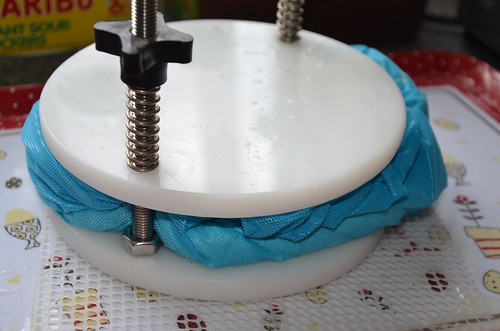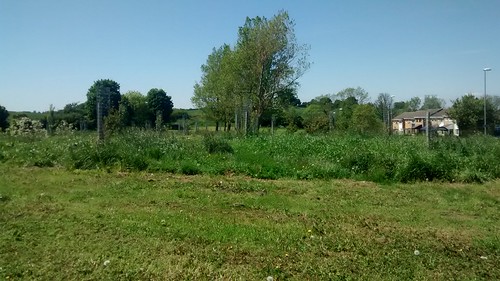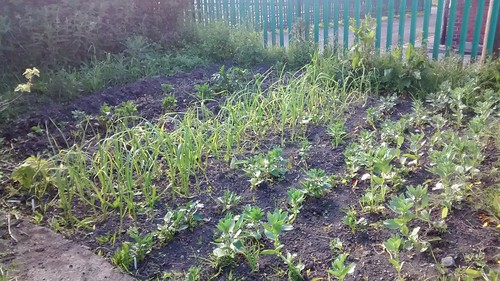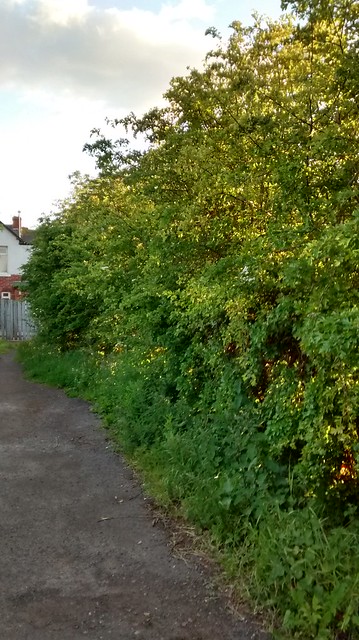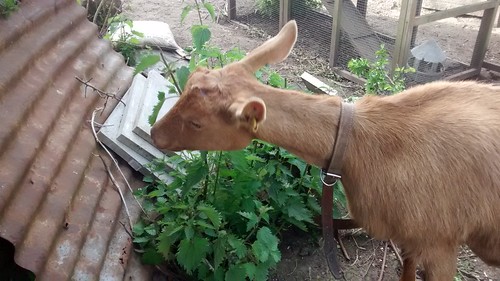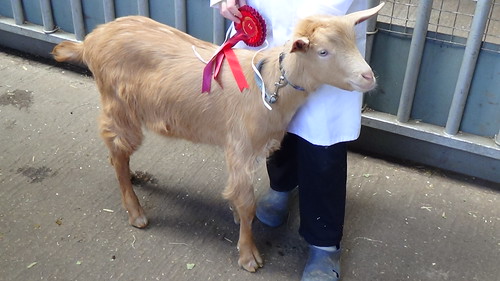
Hot off the cooker is this gooseberry and blackcurrant jelly. The gooseberries and blackcurrants were in the freezer, the end of last year's crop. As this year's gooseberries are now ready for picking, using last year's produce was something of a priority. As the soft fruit had been frozen, some of the pectin would have been lost so I added fresh cooking apples to ensure it set.
In roughly equal quantities by weight, the apple (we used peel and cores but not the flesh which we are using to make another jam), gooseberries and blackcurrants were put into a jam pan with enough water to just about cover the fruit. If you are using fresh soft fruit, you will not need to add the apple. Heat applied and brought to the boil. The pan is simmered for 2 hours and the pulp is then strained.

The juice was then measured and reboiled. Add a kilo of sugar for every litre of liquid once the boiling point is reach and keep on a rolling boil until the setting point is reached (put a dollop on a saucer, let it cool and if it forms a skin it is ready.)
This is quite a tangy, sharp jelly.
Don't throw away the pulp. Press it through a sieve and use the pulp to make a fruit cheese. Add a small amount of water to the pulp, reboil it and add a kilo of sugar to each litre. Keep on a rolling boil til setting point is reach. Careful - the pulp boils like lava!




































